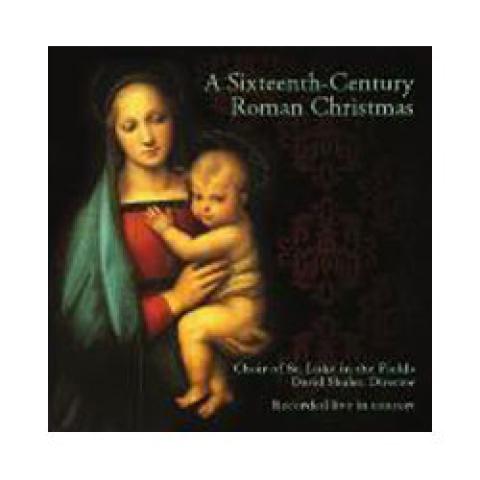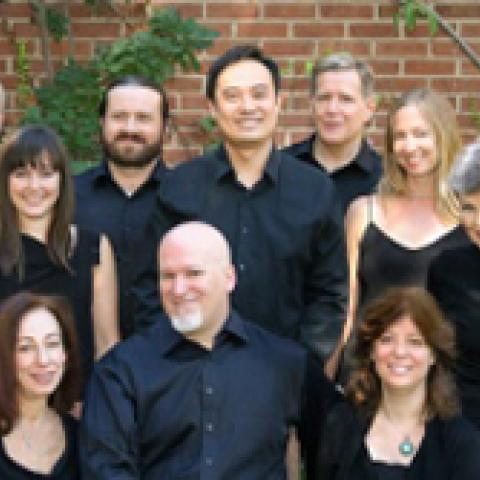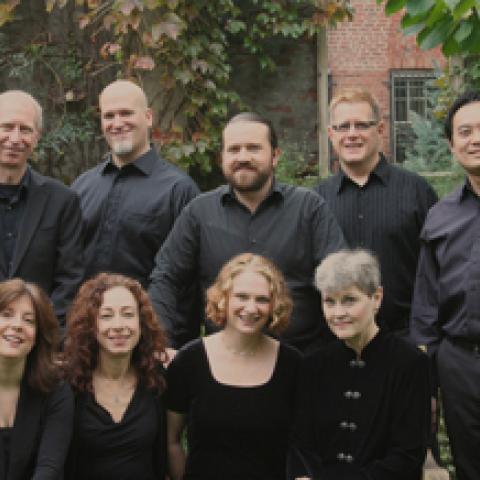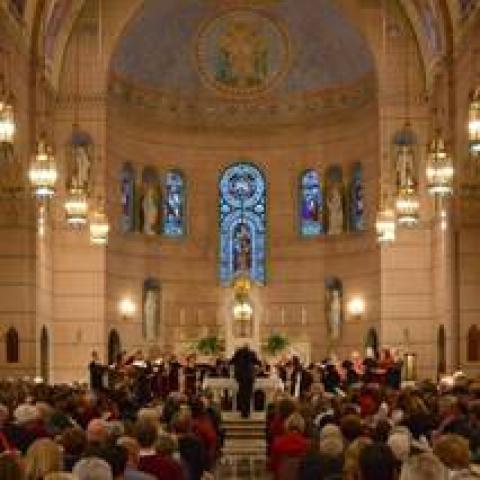
The Choir of St. Luke in the Fields, David Shuler, music director, is featured on a new recording, A Sixteenth-Century Roman Christmas.
The program includes music of Palestrina, Victoria, Carissimi, and Philips, recorded in concert last December.
For information:






